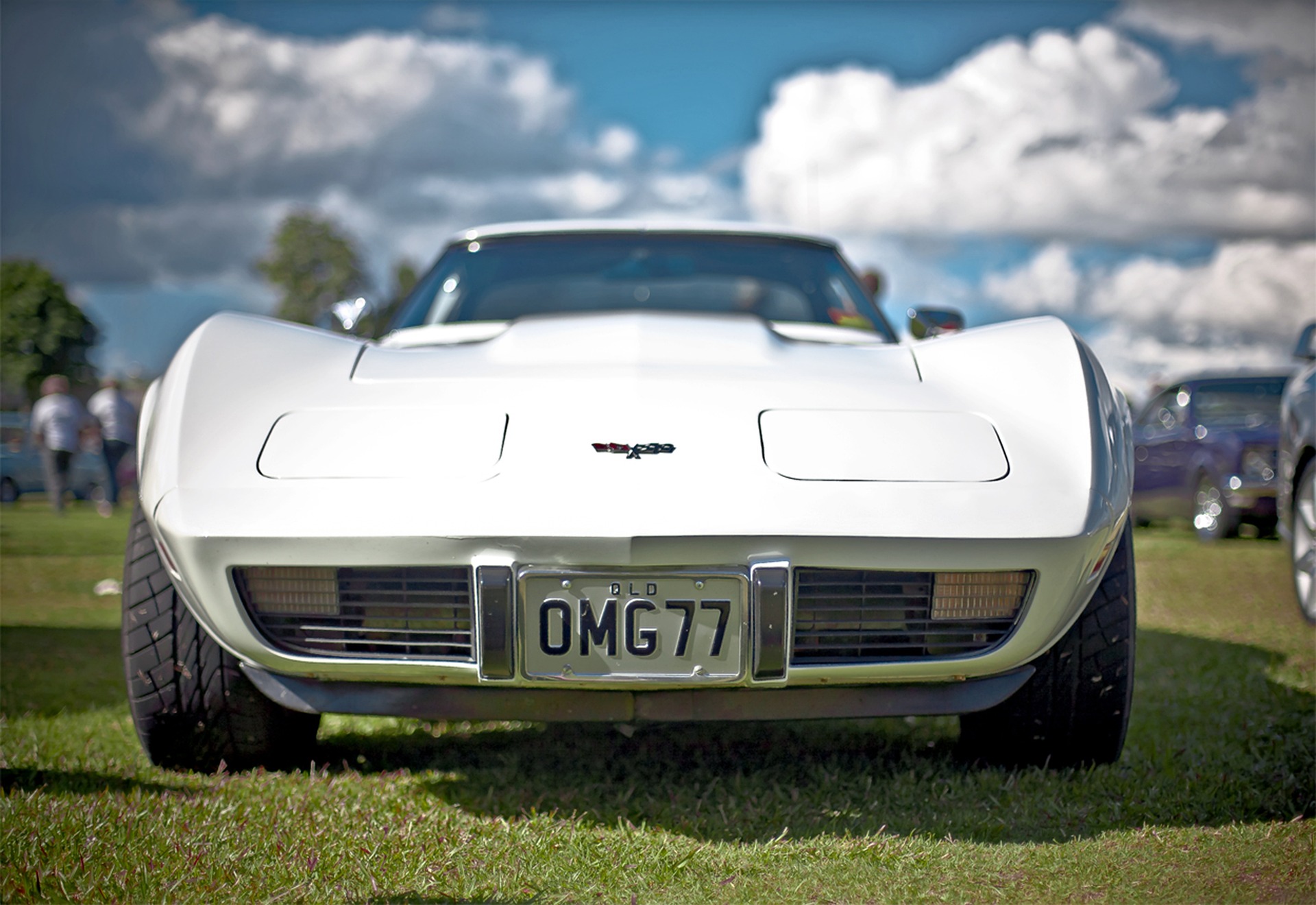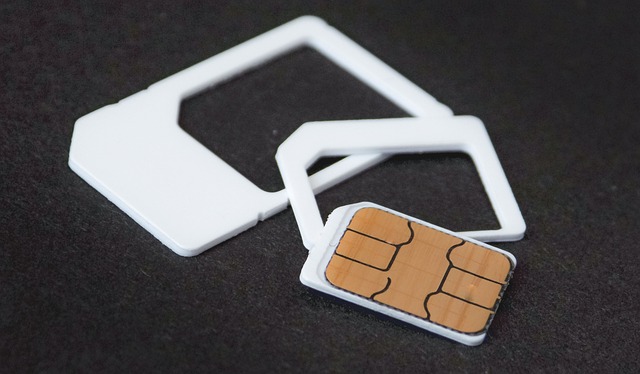Demystifying Torque Vectoring: A Game Changer in Vehicle Handling
The world of automotive technology is vast and ever-changing, often introducing groundbreaking advancements that revolutionize how we operate vehicles. One such innovation that has rapidly gained traction in recent years is torque vectoring, a complex yet transformative technology that has significantly improved vehicle handling. This article will delve into the intricacies of torque vectoring, explain its historical development, present industry trends, and discuss its benefits and challenges.

Unraveling the Concept of Torque Vectoring
The origins of torque vectoring can be traced back to motorsport, where the need for precise vehicle control led to the development of innovative handling technologies. Torque vectoring is an advanced system that controls the distribution of torque to each wheel, allowing for improved handling and stability. It’s an evolution from traditional limited-slip differentials, which distribute power evenly to both wheels regardless of their grip.
The Mechanics of Torque Vectoring
The primary function of torque vectoring is to enhance vehicle handling by redistributing torque to the wheels that need it most. This technology works by using a range of sensors that monitor wheel speed, steering angle, and other variables. When a car turns a corner, for instance, the inside wheels have a shorter path than the outside wheels. The torque vectoring system can then reduce the power to the inside wheels and increase it to the outside ones, allowing for a smoother and more precise turn.
Industry Trends and Developments
As the auto industry continues to innovate, torque vectoring is becoming increasingly prevalent, especially in high-performance and luxury vehicles. Some manufacturers are now introducing torque vectoring systems that can distribute torque not only from front to rear but also from one side to the other, offering even greater handling improvements. A noteworthy trend is the integration of torque vectoring with electric powertrains, where the absence of a physical connection between the wheels allows for even more precise control.
Torque Vectoring: A Boon to Vehicle Performance
The impact of torque vectoring on vehicle performance cannot be understated. It significantly enhances handling, making driving safer and more enjoyable, particularly at high speeds or in challenging conditions. By allowing for more precise control, it also contributes to increased vehicle efficiency.
However, it’s not without its challenges. The technology is inherently complex, requiring sophisticated software and hardware, which can increase the cost of vehicles. There’s also the issue of durability, as the system’s components can wear out over time.
Looking Towards the Future
Despite these challenges, the future of torque vectoring looks bright. As the technology continues to evolve and become more sophisticated, we can expect it to become a standard feature in many vehicles, providing drivers with unparalleled control and an enhanced driving experience.
In conclusion, torque vectoring represents a significant leap forward in the world of automotive technology. Its ability to improve vehicle handling and performance is undeniable, and while it does present some challenges, its benefits far outweigh them. As the automotive industry continues to innovate and evolve, torque vectoring will undoubtedly play a crucial role in shaping the future of vehicle performance.




